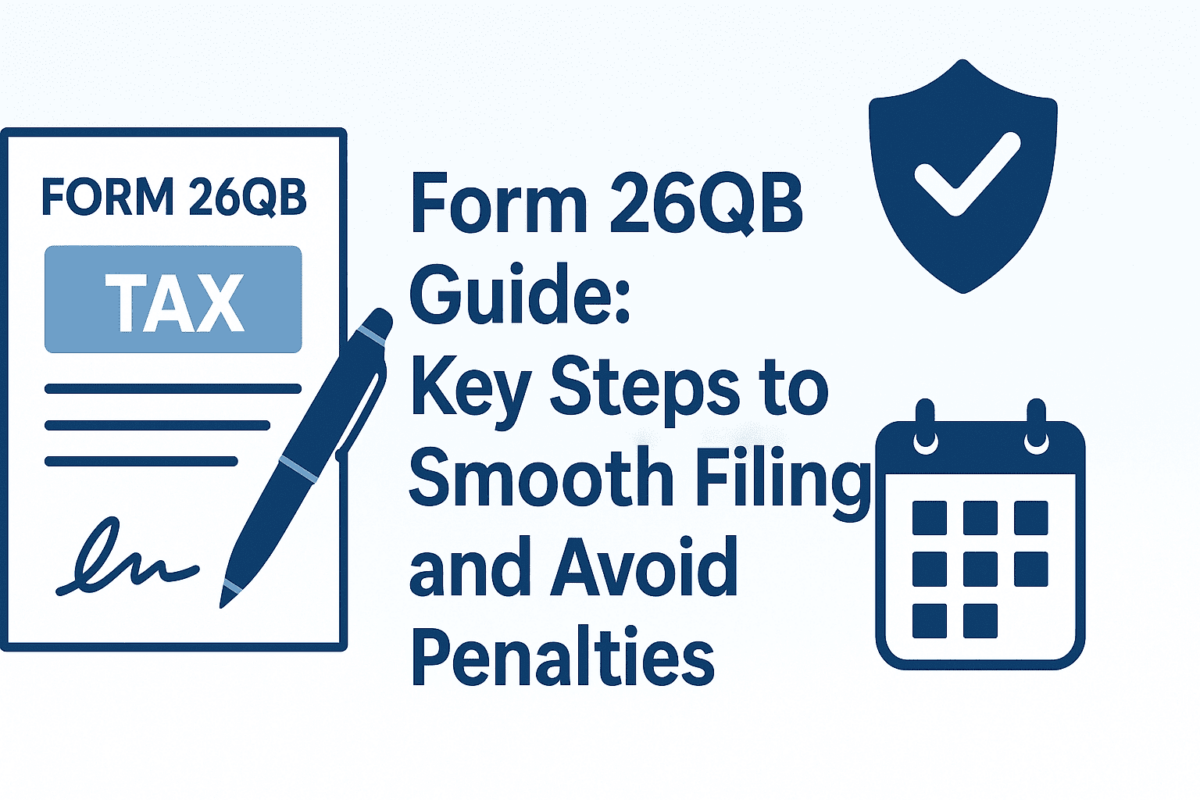Tips for Owners to Managing and Training Aggressive Dog Breeds

Owning a dog is a rewarding experience, but it comes with its challenges, especially when dealing with aggressive breeds. Managing and training aggressive dog breeds requires a deep understanding of canine behavior, consistent training, and a commitment to ensuring the well-being of both the dog and the people around it. In this comprehensive guide, we will explore the characteristics of some of the most aggressive dog breeds, the reasons behind their behavior, and practical tips for managing and training them effectively.
Understanding Aggressive Dog Breeds
What Makes a Dog Breed Aggressive?
Aggression in dogs can be influenced by genetics, environment, training, and socialization. While some breeds have a reputation for being more aggressive, it’s important to note that any dog, regardless of breed, can exhibit aggressive behavior if not properly managed. However, certain breeds are more prone to aggression due to their history, breeding, and natural instincts.
Most Aggressive Dog Breeds
- Pit Bull Terrier
- Rottweiler
- German Shepherd
- Doberman Pinscher
- Chow Chow
- Akita
- Bullmastiff
- Husky
- Alaskan Malamute
- American Bulldog
These breeds often make the list of the most aggressive dog breeds due to their strength, protective instincts, and history as guard or working dogs. However, with proper training and management, these breeds can become loyal and well-behaved companions.
Reasons Behind Aggression
- Genetic Predisposition
Some breeds have been selectively bred for traits like guarding, hunting, or fighting, which can predispose them to aggressive behavior. Understanding a breed’s history can provide insights into their potential for aggression.
- Lack of Socialization
Dogs that are not properly socialized may react aggressively to unfamiliar people, animals, or environments. Early socialization is crucial for preventing fear-based aggression.
- Poor Training
Inconsistent or harsh training methods can lead to confusion and fear in dogs, resulting in aggressive behavior. Positive reinforcement and clear communication are essential for effective training.
- Health Issues
Pain, illness, or discomfort can cause a dog to become irritable and aggressive. Regular veterinary check-ups are important to rule out any underlying health problems.
- Fear and Anxiety
Fear and anxiety are common triggers for aggression. Dogs that feel threatened or cornered may resort to aggressive behavior as a means of self-defense.
Tips for Managing and Training Aggressive Dog Breeds
1. Early Socialization
Start socializing your dog as early as possible. Expose them to a variety of people, animals, environments, and experiences. This helps them learn to react calmly and confidently in different situations.
2. Positive Reinforcement Training
Use positive reinforcement techniques to encourage desired behaviors. Reward your dog with treats, praise, and affection when they exhibit good behavior. Avoid using punishment or harsh corrections, as these can increase fear and aggression.
3. Consistent Training
Consistency is key in training. Establish clear rules and boundaries, and ensure that all family members follow them. Consistent training helps your dog understand what is expected of them and reduces confusion.
4. Professional Help
Consider enrolling your dog in obedience classes or working with a professional dog trainer, especially one who has experience with aggressive breeds. A professional can provide valuable guidance and support in managing and training your dog.
5. Understanding Body Language
Learn to read your dog’s body language to recognize signs of stress, fear, or aggression. This can help you intervene before a situation escalates. Common signs of aggression include growling, snapping, stiff posture, and bared teeth.
6. Create a Safe Environment
Ensure that your home and yard are secure to prevent your dog from escaping and encountering unfamiliar people or animals. Provide a safe space where your dog can retreat if they feel overwhelmed.
7. Regular Exercise and Mental Stimulation
Physical exercise and mental stimulation are essential for preventing boredom and reducing anxiety. Engage your dog in regular walks, play sessions, and interactive toys to keep them mentally and physically active.
8. Veterinary Care
Regular veterinary check-ups are important to monitor your dog’s health and address any medical issues that could contribute to aggressive behavior. Discuss any behavioral concerns with your veterinarian.
9. Use of Muzzles and Leashes
In situations where aggression is likely, such as visits to the vet or crowded areas, consider using a muzzle and a sturdy leash. These tools can help prevent incidents and keep everyone safe.
10. Avoid Triggers
Identify and avoid situations that trigger your dog’s aggression. For example, if your dog reacts aggressively to other dogs, avoid crowded dog parks and opt for quieter walking routes.
Training Techniques for Aggressive Dogs
- Clicker Training
Clicker training is a positive reinforcement technique that uses a clicker to mark desired behaviors. The sound of the clicker signals to the dog that they have done something right and will receive a reward. This method can be effective in teaching new commands and behaviors.
- Desensitization and Counter-Conditioning
Desensitization involves gradually exposing your dog to the source of their aggression at a distance where they feel safe. Over time, you can decrease the distance and increase the exposure. Counter-conditioning involves pairing the presence of the trigger with something positive, like treats, to change the dog’s emotional response.
- Teach Basic Commands
Teaching basic commands like “sit,” “stay,” “come,” and “leave it” can help you manage your dog’s behavior in various situations. These commands provide a way to redirect your dog’s focus and prevent aggressive reactions.
- Use of Calming Signals
Calming signals are behaviors that dogs use to communicate stress or discomfort. These include yawning, lip licking, and turning away. Recognizing and responding to these signals can help you address your dog’s anxiety before it escalates into aggression.
Building a Strong Bond with Your Dog
- Spend Quality Time Together
Building a strong bond with your dog requires spending quality time together. Engage in activities that your dog enjoys, such as playing fetch, going for hikes, or participating in dog sports.
- Provide a Routine
Dogs thrive on routine. Establish a consistent daily schedule for feeding, exercise, and training. A predictable routine helps your dog feel secure and reduces anxiety.
- Be Patient and Understanding
Training an aggressive dog can be challenging and requires patience and understanding. Progress may be slow, and setbacks may occur. Stay committed to your dog’s well-being and celebrate small victories along the way.
- Reinforce Positive Behavior
Always reinforce positive behavior with rewards and praise. This encourages your dog to repeat the desired behavior and strengthens the bond between you and your pet.
Conclusion
Managing and training aggressive dog breeds is a complex and ongoing process that requires dedication, patience, and a thorough understanding of canine behavior. By implementing early socialization, positive reinforcement training, and consistent management techniques, owners can help their dogs become well-behaved and confident companions. Remember that each dog is unique, and what works for one may not work for another. Seek professional help when needed, and always prioritize the safety and well-being of your dog and those around them. With the right approach, even the most aggressive dog breeds can lead happy, fulfilling lives as beloved family members.










